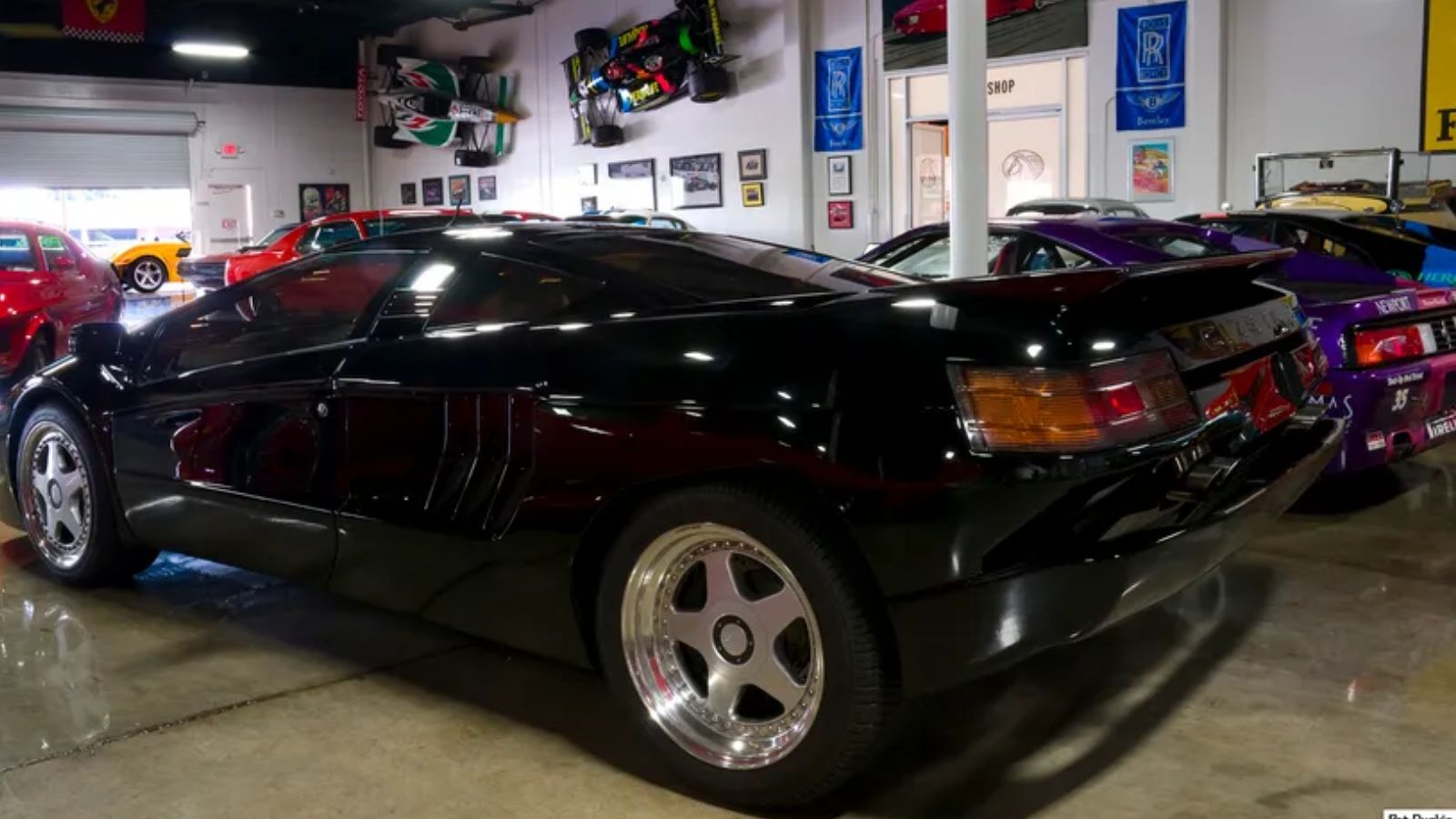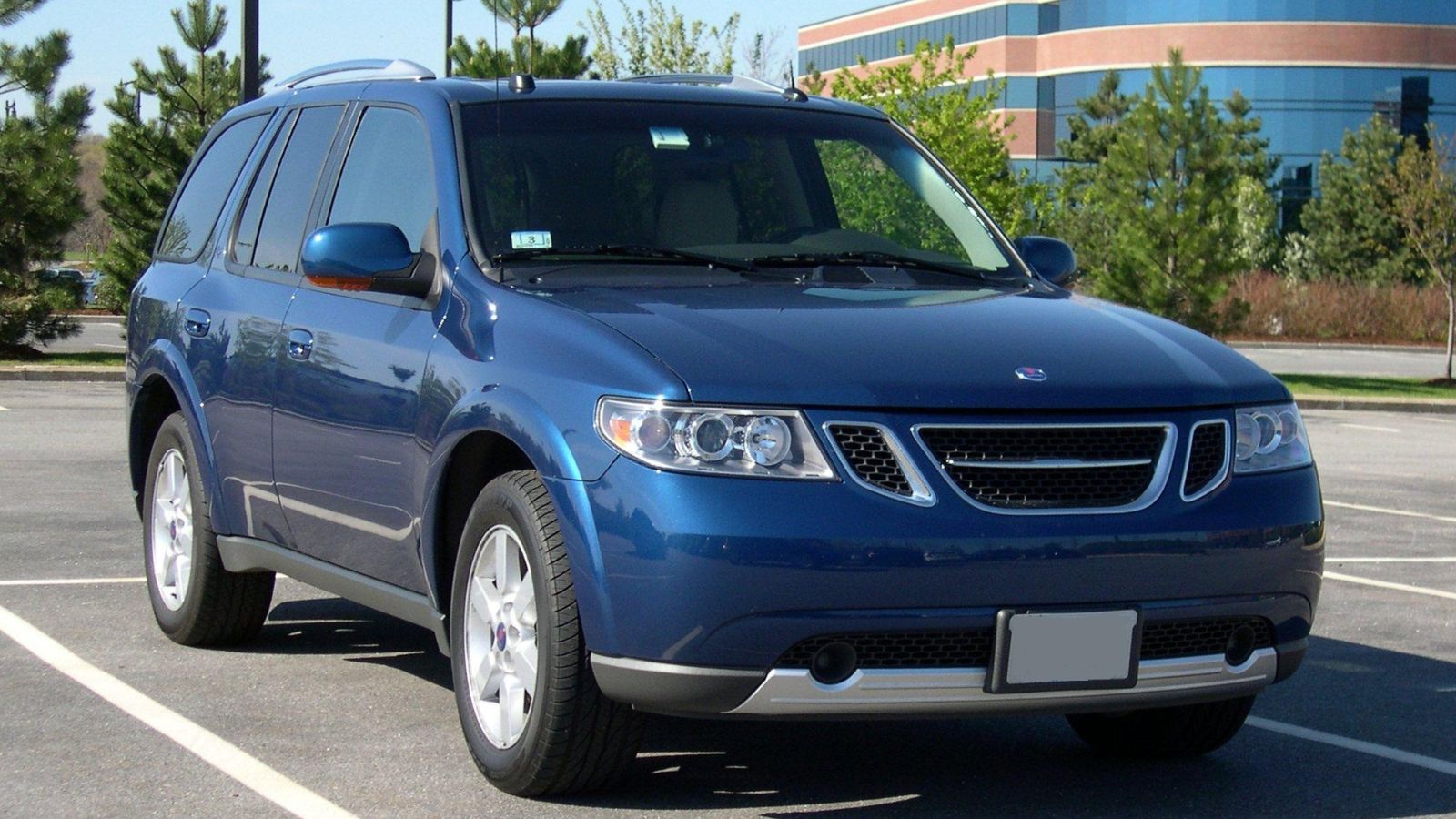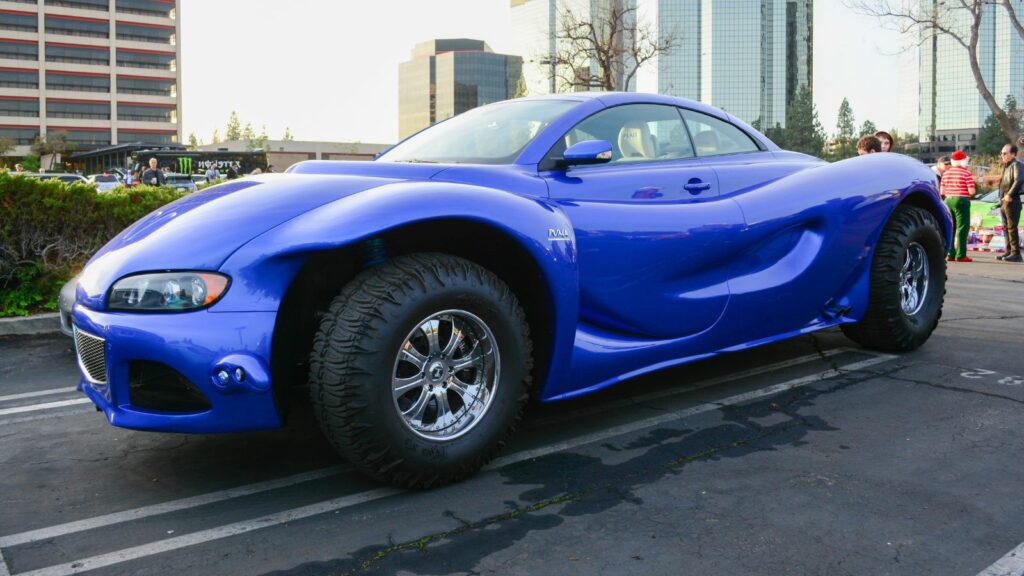Some companies are born to make great cars, others are born to make mistakes. Throughout history, many ambitious brands from outside the automotive world have tried to build cars, thinking that with enough style, money, or ego, they could match the industry giants. The results have ranged from fascinating to disastrous. Whether it was a fashion house, a music producer, or a luxury brand chasing environmental approval, these experiments often proved one thing: building cars is much harder than it looks. Here are seven unforgettable examples of what happens when companies that shouldn’t make cars decide to try anyway.
DeLorean DMC-12 by DeLorean Motor Company

John DeLorean’s dream was to create a futuristic sports car that would revolutionize driving. When the DMC-12 launched in 1981, it certainly looked the part. The brushed stainless-steel body and gullwing doors made it a sensation at first sight. Unfortunately, that’s where the magic stopped. Its 2.85-liter V6 engine, borrowed from Peugeot and Renault, produced just 130 horsepower, giving it lackluster performance that failed to match its exotic looks.
The build quality was poor, production delays plagued the company, and reliability issues soon became legendary. Still, fate had other plans. When Back to the Future turned it into a movie icon, the DMC-12 achieved cult status. Today, collectors love it for its cinematic legacy rather than its driving experience. DeLorean proved that ambition and charisma can take you far, but engineering and execution take you further.
Cizeta-Moroder V16T by Cizeta Automobili

The Cizeta-Moroder V16T is one of the most extravagant cars of the late 1980s. It was the brainchild of Italian engineer Claudio Zampolli and famed music producer Giorgio Moroder. Together, they aimed to create a supercar that would surpass Ferrari and Lamborghini. The result was astonishingly wild: a mid-engine machine with a transversely mounted 6.0-liter V16 engine producing 540 horsepower.
Designed by Marcello Gandini, the same man who penned the Lamborghini Countach, the V16T looked incredible, with a wedge-shaped body and pop-up headlights that screamed 80s excess. Unfortunately, the car was too complicated, too expensive, and too exotic for real-world production. Only a handful were ever built before the company collapsed. Today, the Cizeta stands as a glorious example of Italian passion colliding with financial reality.
Saab 9-7X by Saab under General Motors

When General Motors bought Saab, it tried to make the quirky Swedish brand more mainstream. The result was the 2005 Saab 9-7X, a rebadged Chevrolet TrailBlazer with a Saab grille stuck on the front. It was an attempt to cash in on the booming SUV market, but it couldn’t have been further from Saab’s identity. The company that had built turbocharged, front-wheel-drive rally cars was now selling a bulky American truck.
The 9-7X drove like a GM SUV because that’s exactly what it was. There was nothing Scandinavian about it. Saab enthusiasts were furious, and new buyers were confused. The vehicle was comfortable but uninspired, lacking the engineering quirkiness that had made Saab beloved. It became a symbol of how GM’s corporate decisions slowly drained the brand’s soul, leading to its downfall in the following decade.
Aston Martin Cygnet by Aston Martin

Aston Martin has built some of the most beautiful and powerful cars in history, but in 2011, it tried something radically different. The Cygnet was designed to help the company meet European emissions regulations. On paper, it was a city car for the rich, a luxurious mini runabout that Aston owners could drive through crowded urban streets. In reality, it was a Toyota iQ with leather seats, a bespoke grille, and a price tag that exceeded fifty thousand dollars.
The Cygnet had the soul of a commuter and the price of a grand tourer. Its 1.3-liter four-cylinder engine produced just 97 horsepower, making it slower than most economy cars. Despite the fancy interior and Aston badge, customers saw through the gimmick. Aston hoped to sell four thousand units a year but barely managed a fraction of that. It became one of the brand’s most embarrassing missteps, proving that prestige can’t hide humble origins.
Hummer EV by GMC

GMC’s revival of the Hummer name as an electric vehicle was bold, but also baffling. The original Hummer was the poster child for excess, famous for its size, weight, and environmental disregard. The new Hummer EV flipped the script with battery power, but it didn’t abandon the old attitude. It weighs over nine thousand pounds, produces over one thousand horsepower, and can accelerate from zero to sixty in about three seconds.
Despite its impressive technology and off-road capability, the Hummer EV feels like a contradiction. It’s an electric vehicle that’s too heavy to be efficient, too large to be practical, and too expensive for most people. It represents everything excessive about the modern automotive industry — a vehicle designed to impress with specs rather than purpose. While it’s a triumph of engineering, it’s also proof that sometimes old names should stay in the past.
Bertone Freeclimber by Bertone

Nikonysta.
Bertone was one of Italy’s most legendary design studios, responsible for some of the most beautiful cars in history, including the Lamborghini Miura and Alfa Romeo Montreal. But in the late 1980s, the company decided to build a car under its own name. The result was the Bertone Freeclimber, a strange collaboration that combined the rugged frame of a Daihatsu off-roader with BMW engines and Italian luxury touches.
The idea was to create a stylish European alternative to the Land Rover Defender, but it didn’t quite work. The Freeclimber was too expensive for off-road enthusiasts and too utilitarian for luxury buyers. While it performed decently, the market simply didn’t understand it. Bertone soon abandoned car manufacturing and returned to what it did best: designing masterpieces for others. The Freeclimber remains a fascinating but forgotten chapter in the company’s long history.
Youabian Puma by Youabian Motors

betto rodrigues.
If there’s one car that perfectly embodies why some people should never build cars, it’s the Youabian Puma. Revealed in 2013 by a Los Angeles plastic surgeon, the Puma was a gigantic, cartoonish convertible designed to grab attention. It measured more than twenty feet long and sat on massive wheels, looking more like a movie prop than a real vehicle.
Underneath, it used a Chevrolet V8 engine and a Volvo chassis, but the design was pure madness. Despite a price tag exceeding one million dollars, it had no buyers. Critics labeled it one of the ugliest cars ever made. The Puma’s creator claimed it was built for people who wanted to “stand out,” but in reality, it stood out for all the wrong reasons. It remains one of the most notorious vanity projects in automotive history.
When Ambition Goes Off the Road

Building a car is one of the most complex industrial challenges in the world. It demands engineering expertise, safety testing, logistics, and design precision — not just creativity or ambition. The companies on this list learned that the hard way. Whether they came from fashion, music, or design, they discovered that cars aren’t accessories or art pieces; they’re intricate machines that require deep experience to get right.
Yet, in their failures, they left behind some truly fascinating stories. From DeLorean’s dream of independence to Aston Martin’s ill-fated downsizing, each of these attempts tells us something about human ambition. They prove that imagination and innovation often go hand in hand with failure — and that sometimes, the best thing a company can do is admire cars from afar instead of trying to build them.
25 Facts About Car Loans That Most Drivers Don’t Realize

Car loans are one of the most common ways people fund car purchases. Like any other kind of loan, car loans can have certain features that can be regarded as an advantage or a disadvantage to the borrower. Understanding all essential facts about car loans and how they work to ensure that you get the best deal for your financial situation is essential. Here are 25 shocking facts about car loans that most drivers don’t realize:
25 Facts About Car Loans That Most Drivers Don’t Realize
